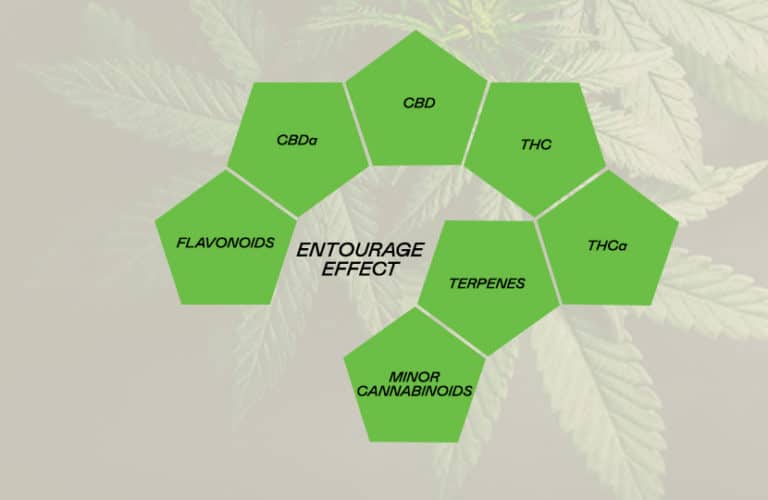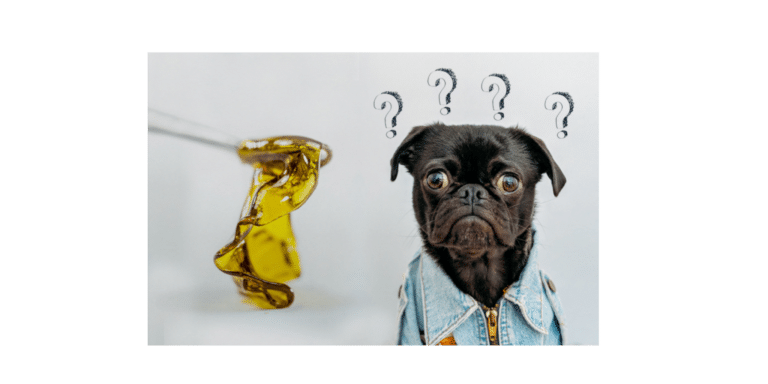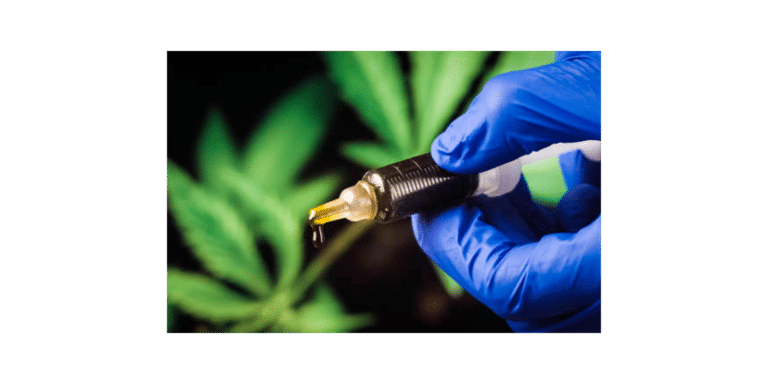Sign up now to get exclusive offers
The opioid epidemic has had devastating effects on the United States, but it is not the first drug crisis that the country has faced. Previously we saw the heroin epidemic of the 1980s, the crack epidemic of the 1980s and 1990s, and most recently the methamphetamine epidemic of the 90s and early 2000s.
The opioid epidemic really kicked off in 1995 when Purdue Pharma got approval for the pain medication OxyContin. Patients immediately got hooked on this powerful opiate and started seeking doctors who would readily prescribe it.
Between 1991 and 2011, opioid prescriptions tripled. Many doctors were lax about prescribing, which flooded the market with pills and got even more people addicted. During this period of time people started crushing OxyContin and injecting it.
In 2010, Purdue Pharma made a liquid form of OxyContin that could not be crushed. Instead of decreasing addiction, this sparked the beginning of a new heroin epidemic.
A decade later, opioids are still a major catalyst of addiction. When doctors will no longer prescribe opioids to their patients, some turn to heroin as a cheaper alternative to feel a similar effect. Heroin and fentanyl abuse have caused the majority of overdose deaths.
In the United States alone, over 130 people die from opioid overdoses every day. It has been revealed by the federal government that America’s top manufacturers of opioids flooded the US with over 76 billion oxycodone and hydrocodone opioid pills over a six year period from 2006-2012. In addition, international criminal cartels are capitalizing on the crisis with staggering amounts of fentanyl being brought into the country illicitly.
Cannabis as an Alternative
Now that we understand the history of the epidemic – as well as the reason that it is referred to as a public health crisis – we can start unpacking some solutions.
Over the last 20 years we have primarily used opiates to treat chronic pain, although there is little evidence that they are effective in the long term. The most notable result of using opiates to treat pain is the unprecedented health crisis we currently face.
We are in dire need of alternatives. Many people who fear the pull of addiction refuse to take opiates at all and opt to suffer instead.
But in recent years, cannabis has become a legal option for many to manage their pain.
Because of the federal Schedule I status of cannabis, the ideal body of research does not yet exist, however, preliminary studies over recent years have shown that cannabis is an effective chronic pain treatment and an alternative to opioids for many patients.
Cannabis in Action in Illinois
The state government of Illinois understands the potential for cannabis to prevent opioid overdose deaths.
In 2018, the state passed the Opioid Alternative Pilot Program (OAPP). The goal of this program is to prevent opioid addiction by allowing patients who are prescribed opiates by a licensed physician to request that they be prescribed medical cannabis instead.
(OAPP) is a great step towards preventing opioid addiction and overdose death in Illinois. We at Justice Grown are fully in support of this program and are here to help those in need.
Please visit the Illinois Department of Public Health website to learn more about the Opioid Alternative Pilot Program.
References:
American Council on Science and Health
NIH
US Pharmacist
Medical Cannabis Use Is Associated With Decreased Opiate
Medication Use in a Retrospective Cross-Sectional Survey of Patients With Chronic Pain
Therapeutic Potential for Medical Marijuana: an educational primer for healthcare professionals
Washington Post: 76 Billion Pills: Newly Released Federal Data Unmasks the Epidemic
How the Deadly Drug Fentanyl is Making its Way to the U.S.



